Beginner Gardening Guide
Gardening is one of the most fulfilling hobbies, connecting you with nature, reducing stress, and rewarding you with fresh produce or beautiful blooms. Whether you’re growing vegetables, herbs, or flowers, this 2,000+ word guide covers everything you need to start a thriving garden.
We’ll explore:
✔ Choosing the perfect garden location
✔ Preparing nutrient-rich soil
✔ Essential gardening tools for beginners
✔ Planting techniques for success
✔ Watering, mulching, and pest control tips
✔ FAQs & recommended starter products
Let’s dig in!
1. Choosing the Right Gardening Space
Sunlight & Location
Plants need sunlight to thrive, but requirements vary:
- Full sun (6–8+ hours/day): Tomatoes, peppers, cucumbers, roses, sunflowers.
- Partial shade (3–6 hours/day): Lettuce, spinach, kale, mint, hostas.
- Full shade (<3 hours/day): Ferns, begonias, ivy.
Pro Tip:
- Observe sunlight patterns in your yard before planting.
- Avoid low-lying areas where frost settles (cold air sinks).
Garden Layout Options
- Raised beds – Best for controlled soil quality, better drainage, and easier access.
- In-ground plots – Cheaper but may require more soil prep.
- Container gardening – Ideal for patios, balconies, or small spaces.
Accessibility Tips:
- Keep garden beds near a water source.
- Ensure pathways are wide enough for wheelbarrows.
2. Preparing Healthy Soil for a Thriving Garden
Step 1: Clearing & Loosening Soil
- Remove weeds, rocks, and debris.
- Dig 8–12 inches deep to break up compacted soil (helps roots grow).
- Use a garden fork or tiller for large areas.
Step 2: Improving Soil Quality
- Add compost (2–4 inches) to boost nutrients and microbial activity.
- Mix in aged manure for extra fertility.
- Mulch with straw or wood chips to retain moisture and suppress weeds.
Step 3: Testing & Adjusting Soil pH
- DIY soil test kits check pH and nutrient levels.
- Ideal pH for most plants: 6.0–7.0.
- Too acidic? Add lime.
- Too alkaline? Add sulfur or peat moss.
3. Essential Gardening Tools for Beginners
Must-Have Tools
- Hand Trowel – For planting small plants and digging weeds.
- Garden Spade/Fork – For turning soil and breaking clumps.
- Pruning Shears – For trimming plants and harvesting.
- Watering Can/Hose – Deep watering is key for healthy roots.
- Gardening Gloves – Protect hands from thorns and blisters.
- Hori-Hori Knife – A versatile weeding and planting tool.
Bonus Helpful Tools
- Rake – Leveling soil and clearing leaves.
- Hoe – Weeding and cultivating soil.
- Wheelbarrow – Transporting soil, mulch, and plants.
- Kneeling Pad – Saves knees during long gardening sessions.
Pro Tip: Invest in stainless steel tools, they last longer and resist rust.
4. Planting & Maintenance Tips for Success (Beginner Gardening Guide)
- Beginner-friendly veggies: Lettuce, radishes, green beans, zucchini.
- Easy herbs: Basil, mint, parsley, chives.
- Flowers for beginners: Marigolds, sunflowers, zinnias.
Check your USDA Hardiness Zone before planting to ensure climate suitability.
Latest News
Planting Techniques
✔ Dig a hole twice as wide as the root ball for easy root expansion.
✔ Use the “Monty Don method” – Place the pot in the hole, backfill, then remove the pot for perfect depth.
✔ Water deeply after planting to help roots settle.
Watering & Mulching
- Water early morning to reduce evaporation.
- Mulch with straw or wood chips to retain moisture and block weeds.
Weed & Pest Control
- Pull weeds early before they spread.
- Companion planting (e.g., basil with tomatoes) deters pests naturally.
- Encourage beneficial insects (ladybugs, bees) with flowering plants.
Pruning & Harvesting
- Prune dead/diseased leaves to promote growth.
- Harvest leafy greens in the morning for best flavor.
- Pick tomatoes when slightly firm and fully colored.
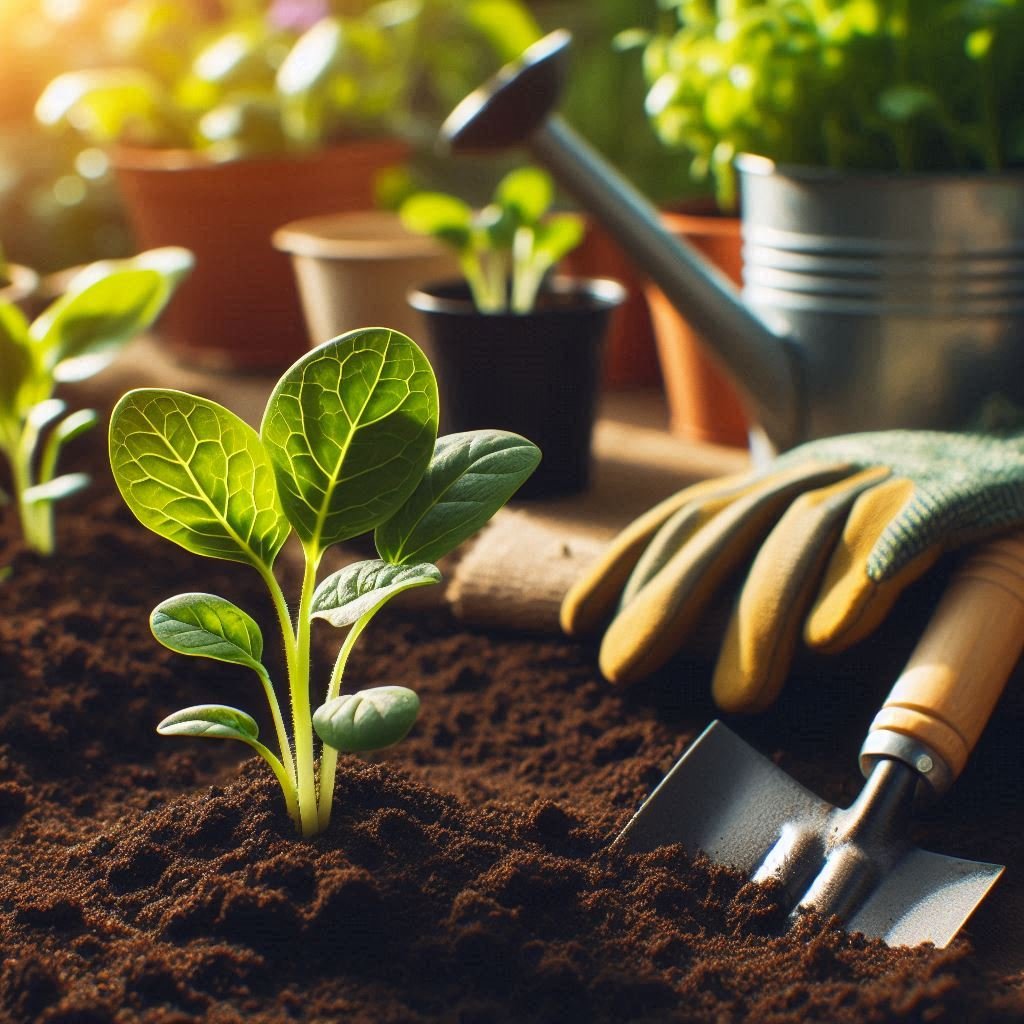
5. Gardening FAQs for Beginners
Q: How often should I water my garden?
- 1–2 times per week (deep watering is better than frequent light watering).
- Increase in hot/dry weather.
Q: Can I use store-bought soil for containers?
- Yes! Look for potting mix (not garden soil) for best drainage.
Q: What’s the easiest vegetable to grow?
- Radishes, lettuce, and green beans, fast-growing and low-maintenance.
Q: How do I keep pests away naturally?
- Plant marigolds (deter nematodes).
- Use neem oil or insecticidal soap for aphids.
Q: When should I start planting?
- After the last frost date in your area (check local gardening guides).
6. Recommended Starter Gardening Products
✔ Fiskars Hand Trowel – Durable and ergonomic.
✔ Felco Pruning Shears – High-quality, long-lasting cuts.
✔ Dramm Watering Can – Gentle shower nozzle for seedlings.
✔ Gardeners Supply Co. Gloves – Padded and waterproof.
✔ Espoma Organic Compost – Nutrient-rich soil amendment.
✔ Soaker Hose – Efficient deep watering.
7. Final Beginner Gardening Guide
- Start small – A 4×4 ft bed or a few containers is manageable.
- Keep a garden journal – Track planting dates, weather, and growth.
- Learn from mistakes – Even experts lose plants sometimes!
- Enjoy the process – Gardening is therapy for the soul.
🌱 Ready to Grow Your Green Thumb?
Now that you know the basics in this Beginner Gardening Guide, soil prep, tool selection, planting, and maintenance you’re ready to start your gardening journey!
Happy gardening! 🌻
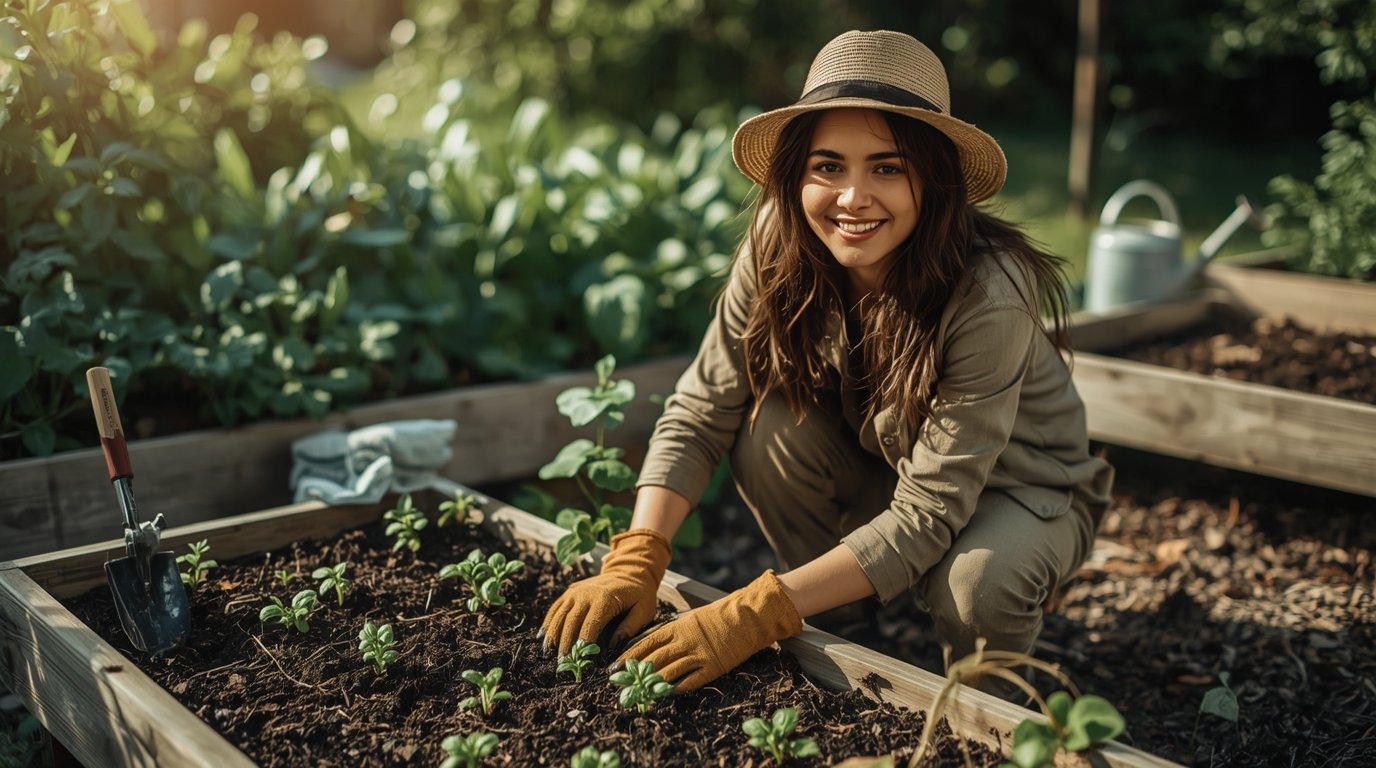


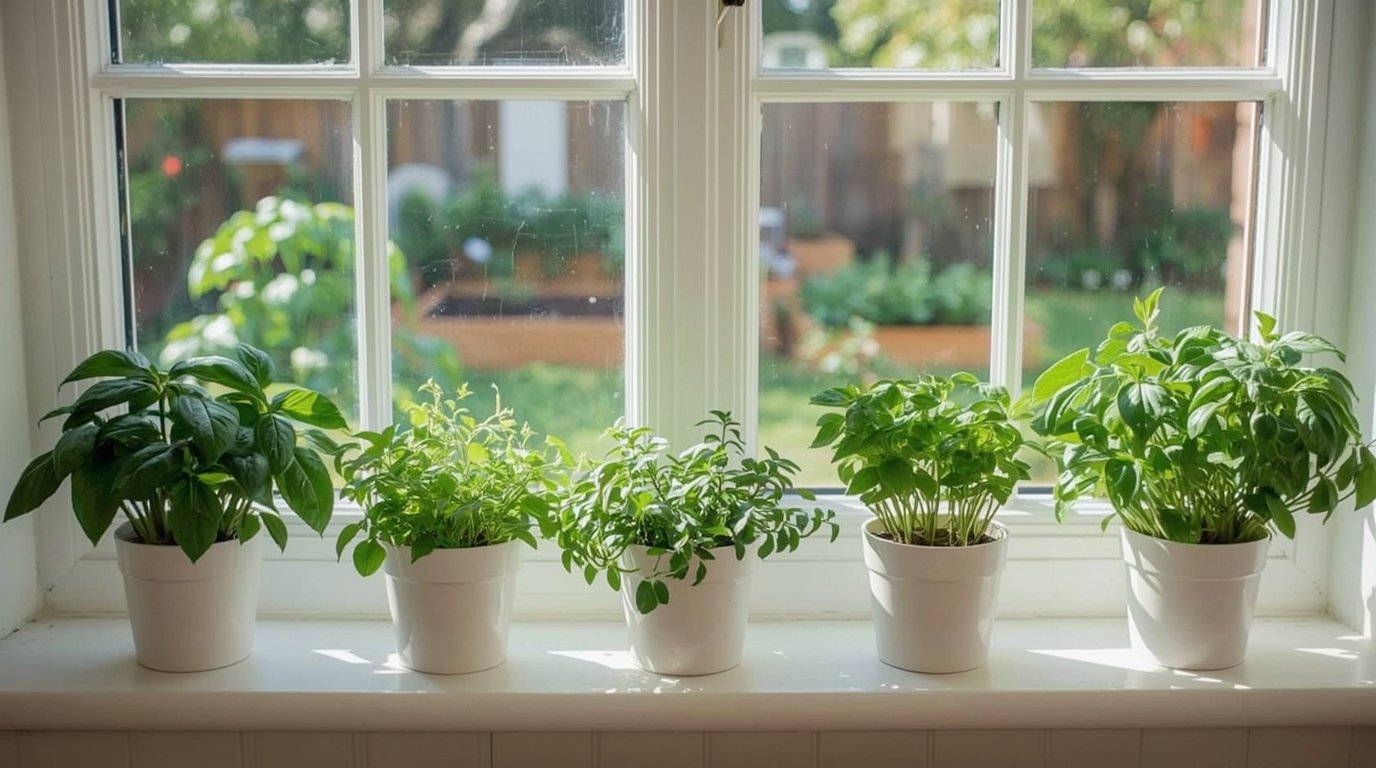



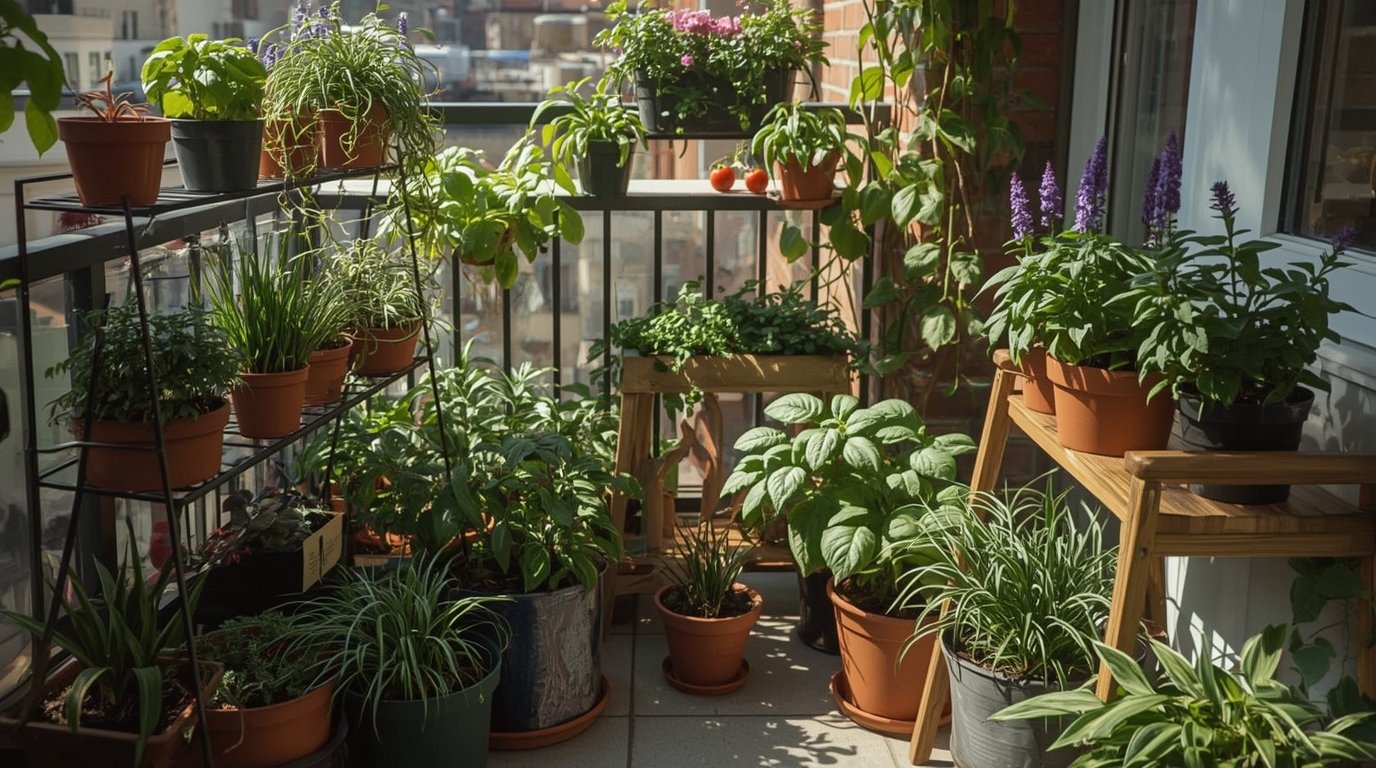

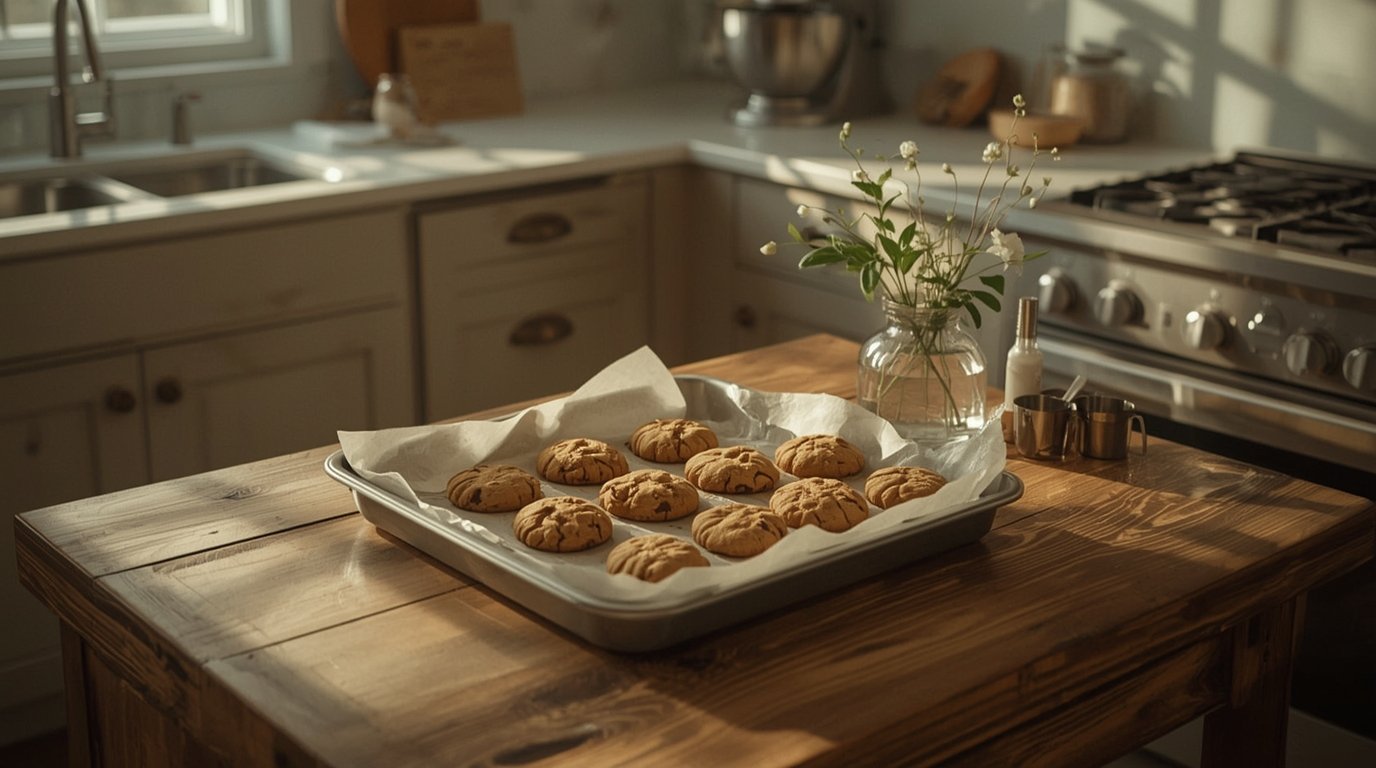
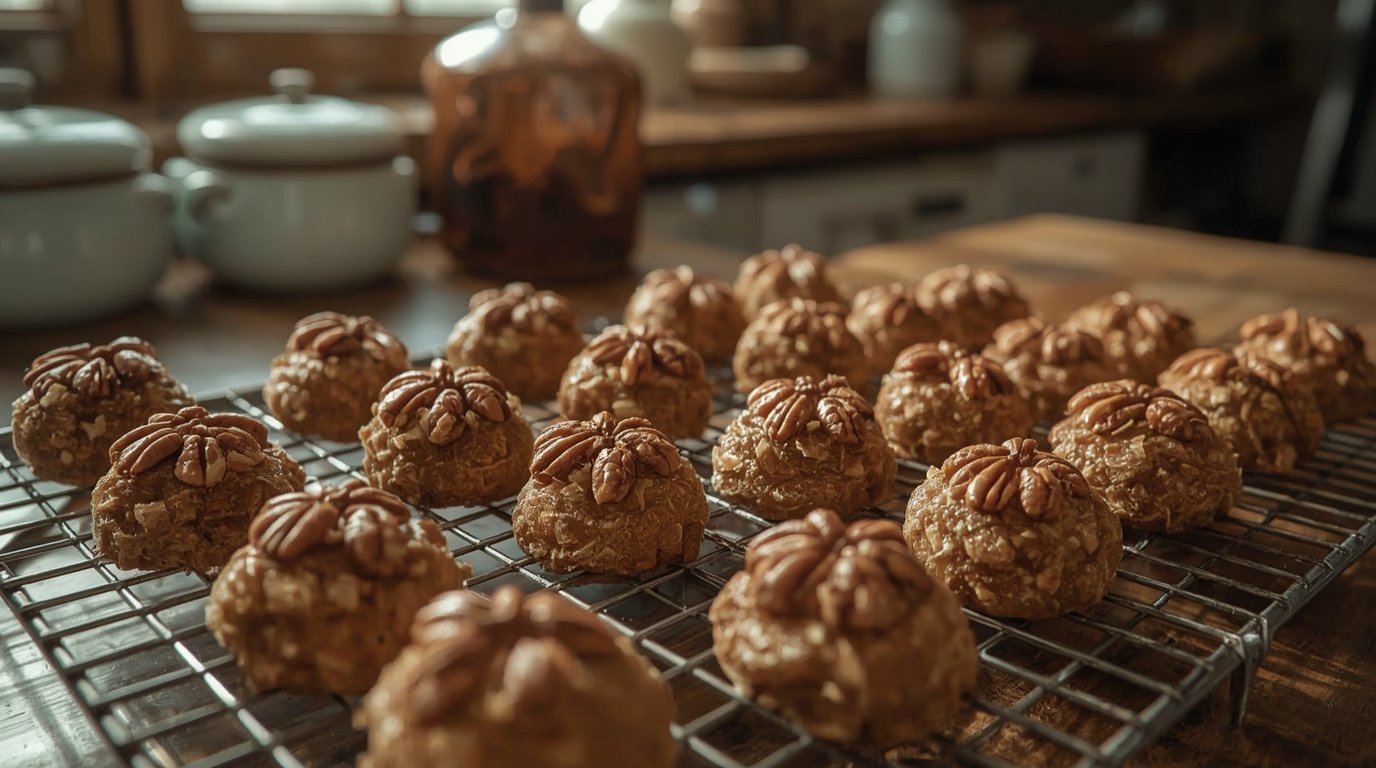

Leave a Reply